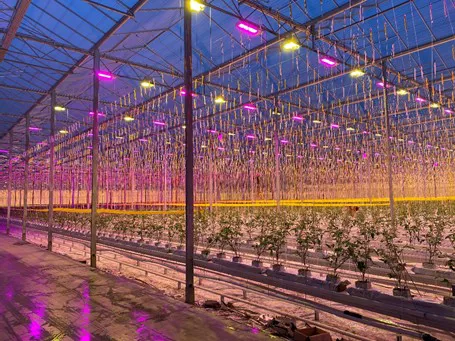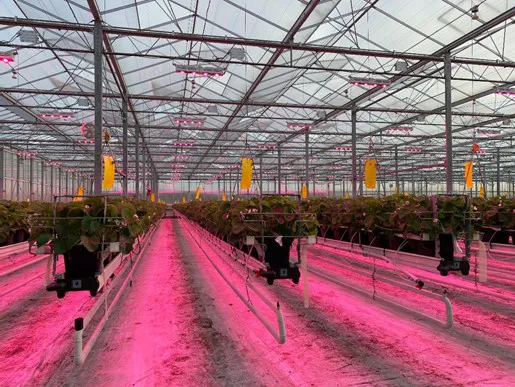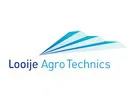There is a lot of movement in the greenhouse light market at the moment. Over the coming two months, greenhouse vegetable growers in Northwest Europe will certainly have to make decisions. And also in floriculture growers are faced with choices. Do they want to use (more) artificial light? And if so, with which fixtures above the crop? With what spectrum? With which installation? And how to deal with the energy part?
Looije Agro Technics supports growers as an independent consultancy bureau with these issues and, in a series of four articles, examines these questions from different angles and strategies and more. Today, part 2: choosing the right supplier.
Always a new fixture
Though suppliers of HPS lighting are commonplace in the horticultural sector, new LED fixtures come out almost weekly. Manufacturers keep on developing, new suppliers see an added value in the horticultural market.
A HPS-fixture is cooled passively. The circuit board with electronic ballast needs to stay as cool as possible. The lamp has a certain output and, with the help of a reflector, growers try to get the light there in the most effective way possible, so it has added value to the crops.
The concept works relatively the same with LED lighting. Reflectors have a less prominent function in LED lighting. It mainly comes down to the type of LEDs in the fixture, the optics, and the position of the fixture that determines how the light distribution in the greenhouse influences the production results.

Hybrid lighting above a tomato crop
Interlighting
Oftentimes, with high wire (vegetable) cultivation, toplights (HPS or LED) are combined with interlights. We know that this combination of light is most efficiently used in the cultivation of tomatoes. According to us, this results in the absolute highest production rate. It remains to be seen if this is also the most responsible choice from an economic perspective, depending on the variety used and the cultivation.
Cooling
LED-fixtures can be cooled passively, much like HPS-fixtures. The circuit board must be kept as cool as possible to maintain the light output and lifespan as long as possible. Alternative cooling techniques would include forced cooling or water cooling of the fixture.
Given that LEDs need to be charged at a lower voltage, a driver is part of the LED fixture. These drivers can be attached to the fixture either internally or externally. Both options have their pros and cons. The essential difference between the two options has to do with how they discharge the produced heat.
Casting shadows
The choice of cooling and whether or not to build in a driver will influence the fixture's size. This is of minor importance during the lighting but contributes to the casting of shadows on the crops during the hours when they are not used. Practical situations have shown that it is realistic to achieve more hours of lighting with LED fixtures. The question of to what extend shadows play a part in this depends on the type of cultivation and project.
Lenses
In the HPS-segment, fixtures are known for the different types of reflectors (floodlights, downlights). The LED world has a similar thing going but with lenses instead. Lenses have positive influence when it comes to the equal light distribution, but are also a disturbance for the expense of the fixture output. Again, this is all depending on the cultivation and project.
For the big names in the world of lighting, it is a given, newcomers experience regular hindrances due to the extreme conditions in the greenhouses. Fluctuations in temperature, humidity, and, even when kept to a minimum, pesticide usage. This makes it challenging to produce fixtures for the horticultural industry.
 Full-LED in strawberry cultivation
Full-LED in strawberry cultivation
The right solutions to a problem
Buying LED fixtures is, in part, buying thrust. Preventing problems is always better. Limited failure can always be prevented, but assembling will always have to be done in part by humans. However, it is important that in case of issues, a supplier takes responsibility and finds the right solution quickly to keep the loss of product to a minimum.
Looije Agro Technics wants to bridge the gap between theory and practice. "By means of our own knowledge and experiences in practice, the field and laboratory, we are able to translate the grower's lighting needs into untainted advice with a brand-independent view. Our X factors are objectivity and independence."
For more information: 
Looije Agro Technics
info@lat.nl
www.lat.nl
